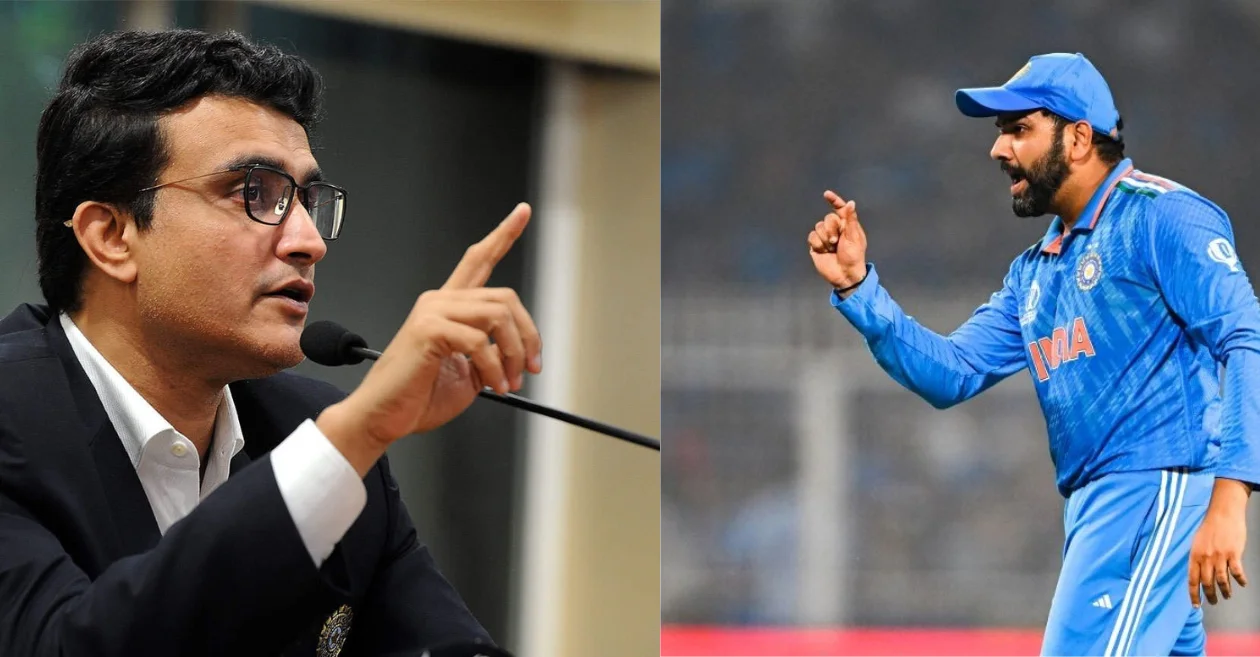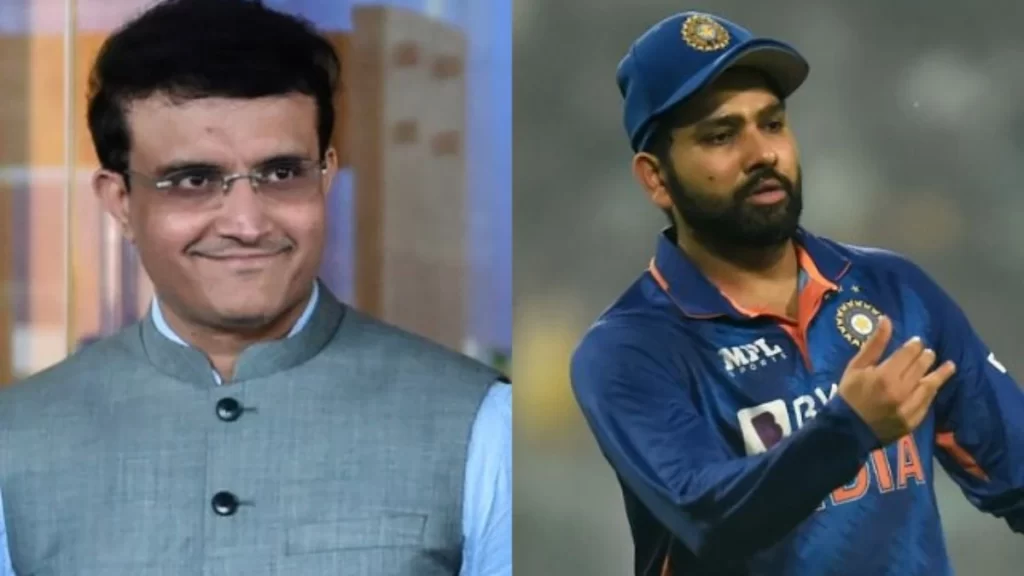In cricket, there are few stories as captivating as the abrupt resignation of Virat Kohli from his role as the captain of the Indian cricket team. This move, which sent shockwaves through the cricketing world, raised questions, stirred controversies, and left fans and experts alike wondering about the underlying dynamics.
After the World Cup in 2021, Virat Kohli, one of the modern era’s cricketing giants, took a significant step. He decided to step down from the T20 captaincy, paving the way for new leadership in the shortest format of the game.
This decision, though momentous, did not come as a surprise to many, as Kohli had been facing mounting pressure as the captain of the Indian team, juggling his responsibilities as a captain and a prolific batsman. His intent was clear: he wanted to continue leading the team in One Day Internationals (ODIs) and Test matches while reducing the burden of captaining in T20s.
However, the story took an unexpected turn when the then president of the Board of Control for Cricket in India (BCCI), Sourav Ganguly, and the selectors expressed their reservations about having different captains for white-ball cricket. They believed that consistency in leadership was vital for the team’s success. As a result, Kohli found himself relieved of his captaincy duties in ODIs as well. The decision was met with mixed reactions, and a sense of unrest started brewing within the Indian team.
The lack of clear communication between the board and Kohli only added fuel to the fire. The decision seemed hasty and, in many respects, ill-timed. The Indian cricketing fraternity was divided on the matter, with strong opinions on both sides.
In the wake of Kohli’s departure, the BCCI needed to appoint a new captain for the limited-overs format. They turned to Rohit Sharma, a seasoned cricketer known for his calm demeanor and exceptional leadership skills. The appointment of Rohit Sharma as the limited-overs captain was a significant milestone in Indian cricket, as it signaled a new era.
Rohit Sharma’s captaincy was initially met with skepticism. Many wondered if he could shoulder the responsibilities, given the pressure of leading the team in all three formats. However, Sourav Ganguly’s revelation sheds light on an intriguing aspect of Rohit’s journey to captaincy.
Sourav Ganguly Reveals Why Rohit Sharma Did Not Want To Captain India

In a recent interview with Kolkata TV, Sourav Ganguly opened up about the events leading to Rohit Sharma’s appointment as the captain. He disclosed that Rohit was initially hesitant to take on the role due to the immense pressure that comes with leading the team in all formats.
Ganguly recalled his conversation with Rohit, saying, “Rohit [Sharma] didn’t want the captaincy because there was a lot of pressure on playing all formats – it had gone to a stage where I told him you have to say yes or I will announce your name.”
Since taking over as the captain, Rohit Sharma has displayed exemplary leadership on and off the field. He has led the Indian cricket team with composure, decisiveness, and a calm demeanor that belies the immense pressure that comes with the role.
Under Rohit’s leadership, the Indian cricket team has achieved remarkable success. They have performed exceptionally well in the ICC Cricket World Cup 2023, and the team is poised to reach the semi-finals. Rohit Sharma’s captaincy has been instrumental in fostering a sense of unity and purpose within the squad.
